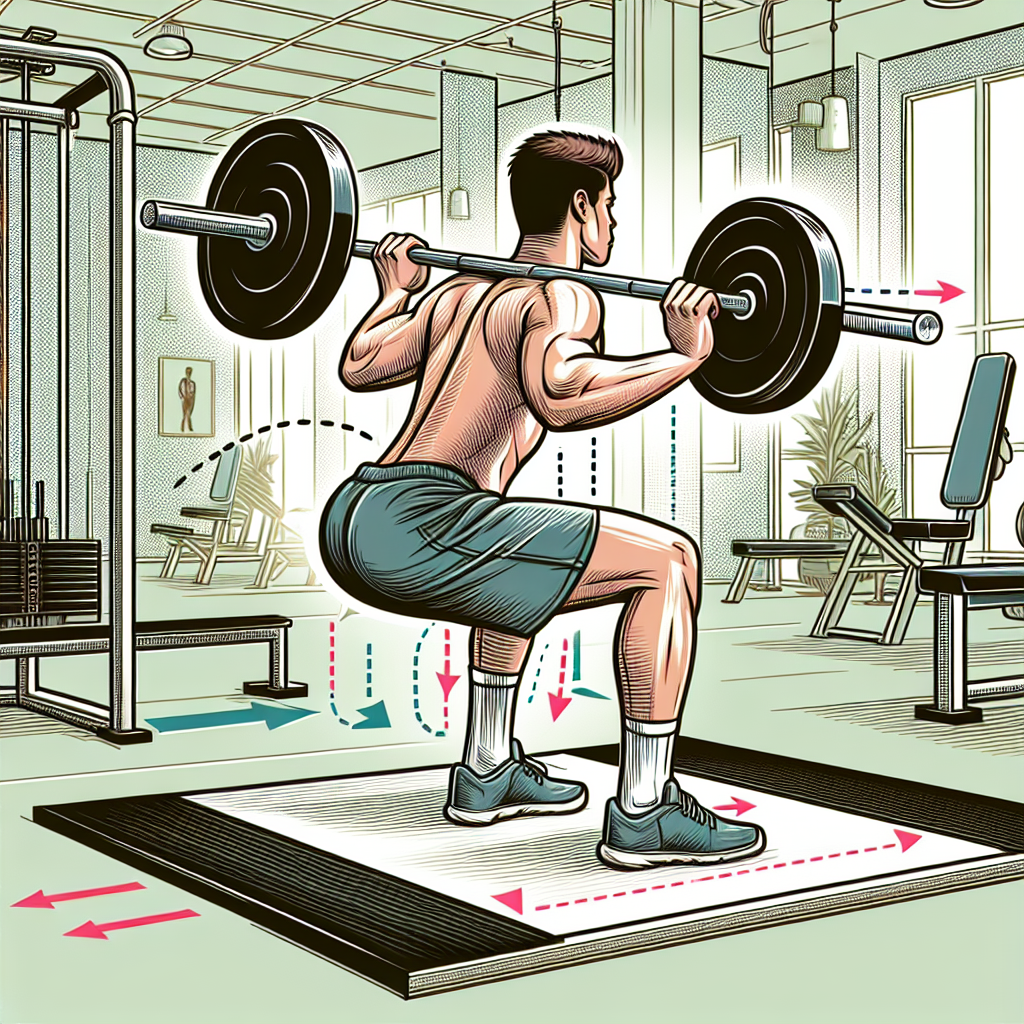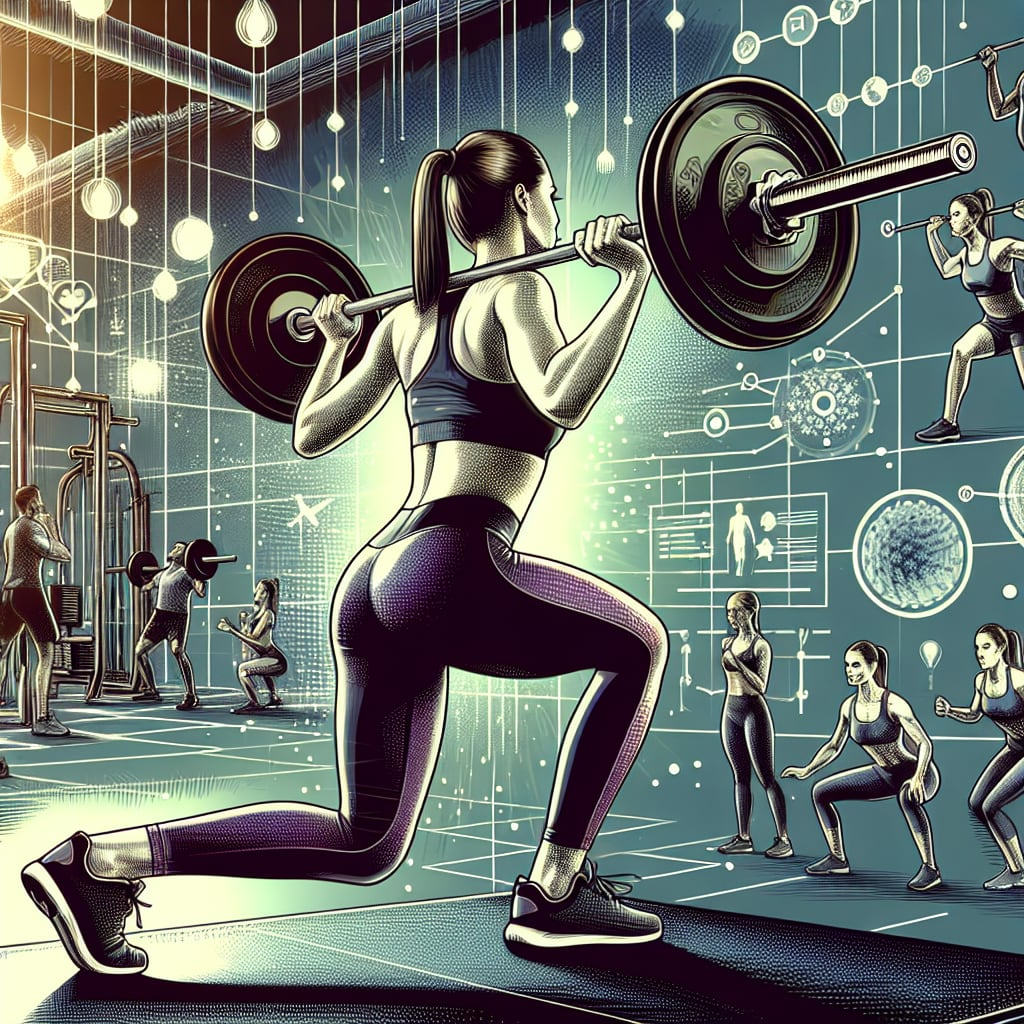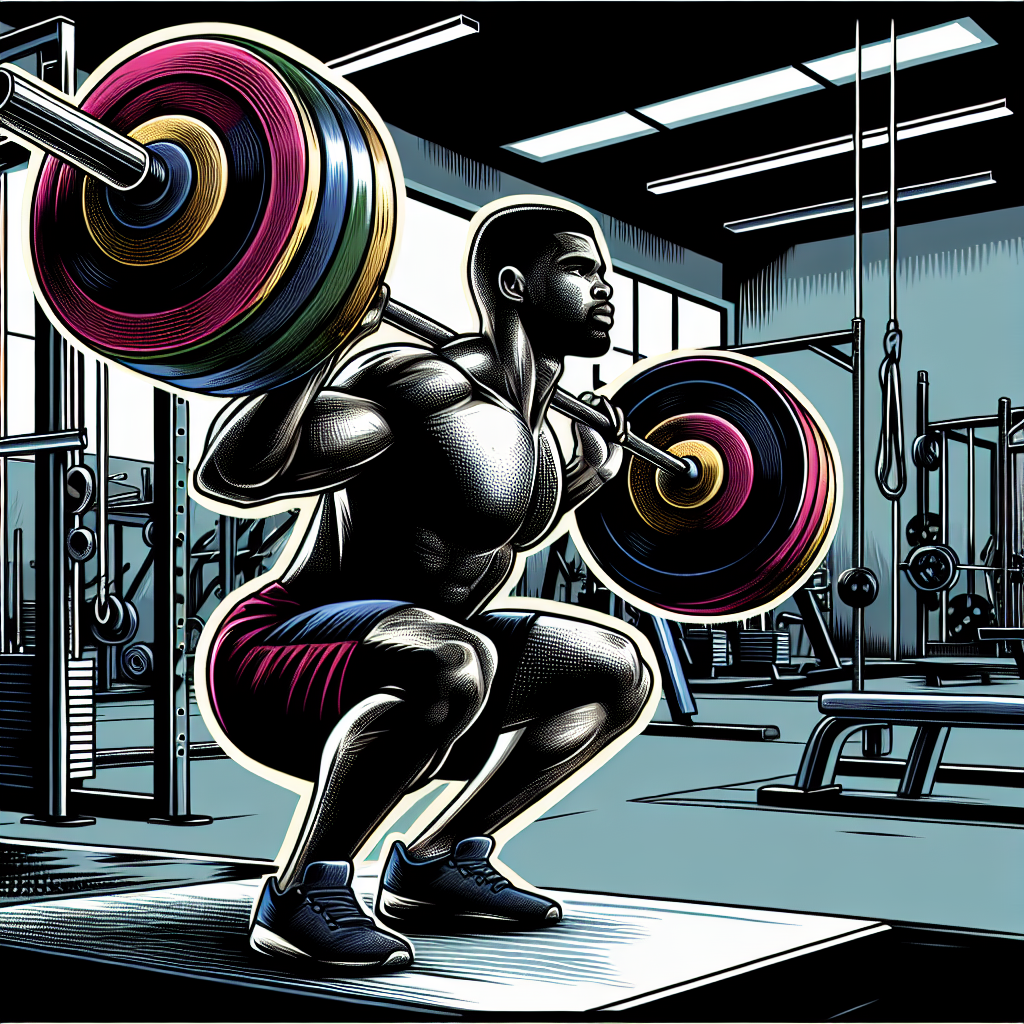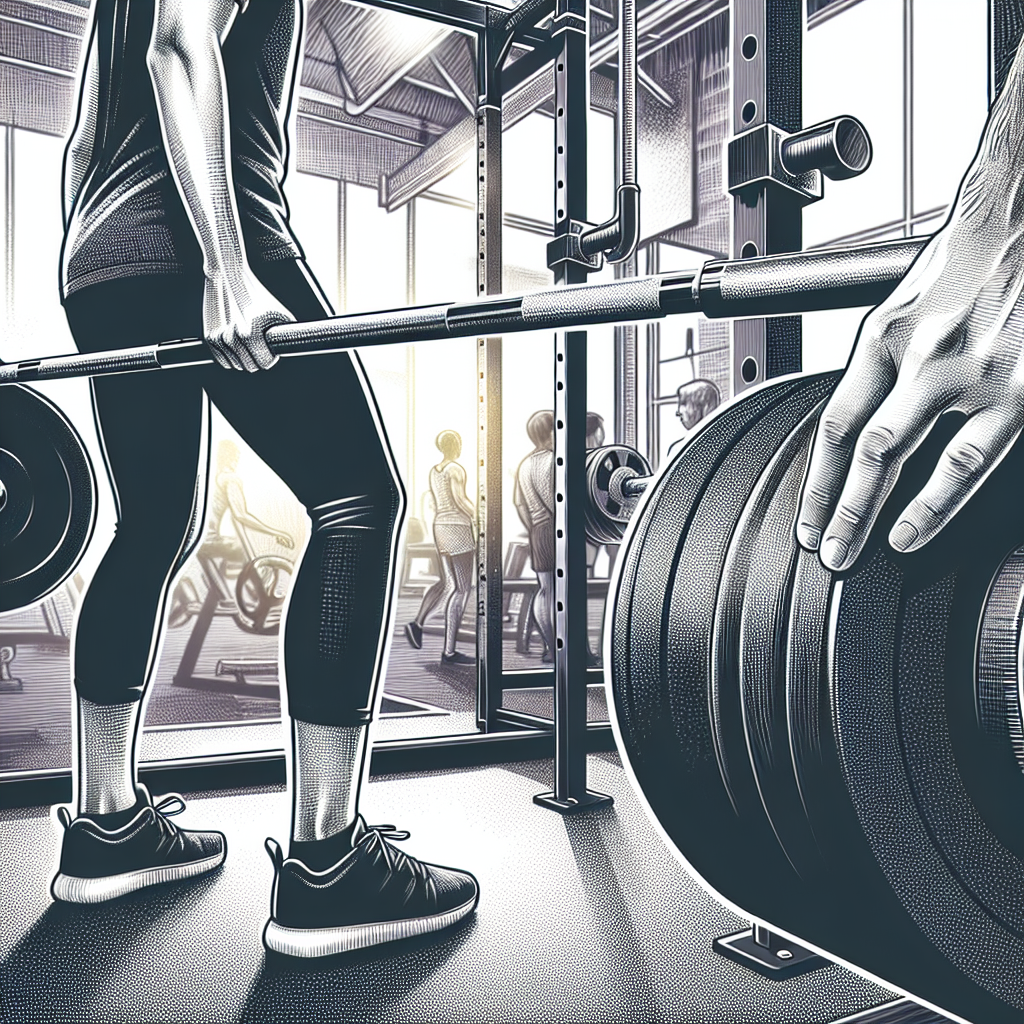Should You Use A Barbell Pad For Squats
Should You Use A Barbell Pad For Squats
When it comes to squats, everyone wants to lift heavy and look good doing it, right, mate? But let’s not forget the unsung hero of squat safety and comfort—the barbell pad! Often overlooked, this handy gym accessory can be a game-changer for anyone from a weightlifting beginner to a seasoned powerlifter. Not only does it provide crucial barbell support and protect your neck and shoulders, but it also enhances your lifting techniques, allowing you to focus on smashing those personal records. So, are you ready to dive into why a barbell pad might just be your new best mate at the gym? Let’s get those squats sorted! #SquatSmart #BarbellPad

## Importance of Squat Safety Squat safety is crucial for avoiding injuries and ensuring long-term success in your fitness journey. Proper techniques and supportive equipment, like barbell pads, can drastically improve your experience and results in the gym.
### Understanding Squat Mechanics **Squat mechanics** are the foundation of safe and effective lifting. *Proper form* involves engaging your core, maintaining a neutral spine, and keeping your knees aligned with your toes. These elements help distribute weight evenly and prevent injury. 1. **Engage Core**: Tighten your abs to stabilize your torso. 2. **Neutral Spine**: Avoid arching or rounding your back. 3. **Knee Alignment**: Keep knees in line with toes to prevent strain. These mechanics ensure you can lift safely and efficiently. Without proper mechanics, you risk serious injury, which can derail your progress and keep you out of the gym for weeks or even months. ### Role of Barbell Pads in Safety **Barbell pads** are a key component in squat safety. By providing a cushion between your shoulders and the barbell, they help distribute weight more evenly and reduce pressure on your neck and upper back.

*Benefits* include: - **Reduced Pressure**: Protects your neck and shoulders from the bar's weight. - **Improved Grip**: Prevents the bar from slipping during heavy lifts. - **Enhanced Comfort**: Allows longer, more focused lifting sessions. By incorporating a barbell pad into your routine, you can focus on your form and lift with confidence, knowing that you are protected from common squat-related injuries. ## Enhancing Squat Comfort Comfort during squats is not just about luxury; it’s about performance and safety. A comfortable lifter is more likely to maintain proper form and achieve better results. ### Why Comfort Matters Comfort in squatting is essential for maximizing output and minimizing injuries. When you're comfortable, you can concentrate on your technique rather than the discomfort. - *Increased Focus*: Less pain means more attention on form. - **Extended Sessions**: Comfort leads to longer workouts without fatigue. - *Confidence Boost*: Comfortable lifters are often more confident, leading to better lifts. Comfort isn't just nice to have—it's a necessity for effective and safe lifting. ### Choosing the Right Barbell Pad Choosing the right barbell pad involves considering factors like thickness, material, and fit. A well-chosen pad can make a significant difference in your lifting experience. 1. **Thickness**: Choose a thickness that provides sufficient cushioning without compromising stability. 2. **Material**: Look for durable, non-slip materials for security and longevity. 3. **Fit**: Ensure the pad fits snugly on the bar to prevent shifting during lifts. By selecting a barbell pad that suits your needs, you enhance comfort and safety, allowing you to focus on improving your lifting techniques. ## Lifting Techniques and Barbell Support Effective lifting techniques are crucial for maximizing strength gains and minimizing injury risk. Barbell support, often overlooked, plays a significant role in maintaining proper form. ### Improving Your Lifting Form Improving your lifting form involves consistent practice and awareness of your body's alignment and movement patterns. Good form is not just about appearance; it's essential for safety and effectiveness. - **Regular Practice**: Frequent practice helps engrain proper technique. - *Video Analysis*: Recording and reviewing lifts can highlight areas for improvement. - **Feedback**: Seek advice from trainers or experienced lifters for real-time corrections. By focusing on these aspects, you can refine your form, lift heavier, and reduce injury risks. ### Benefits of Barbell Support Barbell support through pads and proper setup can enhance lifting performance by offering comfort and stability. - **Stability**: A barbell pad assists in maintaining balance during heavy lifts. - *Comfort*: Reduces pressure on contact points, allowing for focused lifting. - **Confidence**: Knowing you have support boosts your confidence under the bar. With these benefits, barbell support becomes an integral part of an effective lifting routine. ## Gym Accessories and Their Impact Gym accessories, often seen as extras, are actually essential components of a well-rounded fitness regimen. They can improve performance, safety, and comfort.

### Essential Gym Accessories Essential gym accessories include items like lifting belts, gloves, and knee sleeves. Each plays a role in enhancing performance and safety. - **Lifting Belts**: Provide core support during heavy lifts. - *Gloves*: Protect hands and improve grip. - **Knee Sleeves**: Offer knee support and warmth. These accessories help create a safer, more effective workout environment.
### Barbell Pads: A Must-Have Barbell pads are a must-have accessory for anyone serious about lifting. They offer protection and support, making heavy lifts less daunting. - *Neck Protection*: Shields the neck from direct bar contact. - **Shoulder Comfort**: Distributes weight evenly across the shoulders. - *Enhanced Focus*: Allows lifters to focus on technique rather than discomfort. Incorporating a barbell pad into your regimen ensures you can lift safely and comfortably. ## Motivating Personal Records Setting and achieving personal records (PRs) can be one of the most fulfilling aspects of fitness. It requires dedication, consistency, and sometimes a little extra help from the right equipment. ### Setting and Achieving Goals Setting and achieving goals involves a mix of planning, action, and reflection. Clear goals can keep you motivated and focused. - **SMART Goals**: Specific, Measurable, Achievable, Relevant, Time-bound. - *Regular Tracking*: Monitor progress to stay motivated. - **Celebrating Milestones**: Recognize achievements to maintain enthusiasm. Goal-setting is a powerful tool, driving performance and satisfaction in your fitness journey. ### Encouraging Consistency in Workouts Consistency is key to progress in any fitness journey. Building habits and maintaining motivation are essential for long-term success. - *Routine Development*: Establish a regular workout schedule. - **Accountability Partners**: Work out with friends or trainers for support. - *Variety*: Introduce new exercises to prevent boredom. These strategies help maintain consistency, ensuring steady progress towards your fitness goals.


Leave a comment
Please note, comments must be approved before they are published